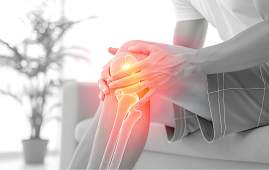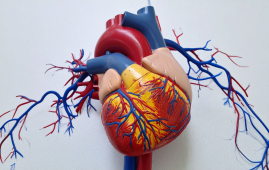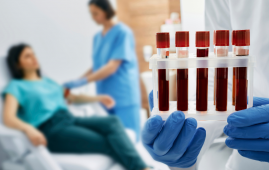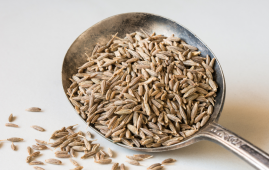

Constrictions in the bowel become painful for people with Crohn’s disease, a chronic inflammatory intestinal condition. These complications cannot be precisely identified to begin targeted therapy due to a lack of methods up until now. A multidisciplinary study team at the Medical University of Vienna has looked into a novel imaging method that could enhance the management of intestinal strictures. Radiology recently released the study’s findings.
Patients with Crohn’s disease, a chronic inflammatory bowel disease that affects more than 20,000 individuals in Austria, frequently experience intestinal strictures. Since these strictures cause cramping discomfort and digestive issues, treatment is almost always necessary.
In contrast to fibrotic narrowing, which is connected to irreversible tissue changes, pure inflammatory strictures react very well to drug therapies and call for surgical intervention. But combinations of fibrosis and inflammation frequently exist in different degrees. There is currently no imaging technique that enables a therapeutically meaningful differentiation between intestinal wall inflammation and fibrosis.
A novel nuclear medicine tracer was used for the first time as part of MedUni Vienna’s interdisciplinary research work at the University Department of Radiology and Nuclear Medicine in the hunt for precise imaging techniques. This so-called FAPI tracer binds particularly to the connective tissue cells’ fibroblast activating protein (FAP), which causes fibrosis in the diseased intestinal wall.
With the help of the new tracer, the diagnostic technique PET-MRI was able to show a strong correlation between molecular imaging and the pathological extent of fibrosis. Even the distinction between mild and severe intestinal wall fibrosis is now feasible, and this influences the choice of therapy.
In the future, the molecular imaging we have developed could be used to identify those patients who would benefit from surgical intervention at an early stage, thereby sparing them the need for less effective drug therapy for fibroid-stenosis,” says co-study leader Michael Bergmann from the Department of Visceral Surgery at MedUni Vienna’s Department of General Surgery, summarizing the great potential of these research findings.
Researchers from the Clinical Institute of Pathology, the Department of Gastroenterology and Hepatology, and the Department of Internal Medicine III all contributed to the research, which was directed by the Department of Radiology and Nuclear Medicine. Currently, larger-scale applications of the new methodology are proposed for follow-up studies. “In this context, we shall examine the course of patients with fibroid-stenosis and possible reversibility under new drug therapies,” says first author Martina Scharitzer (Department of Radiology and Nuclear Medicine).
more recommended stories
 Genetic Diversity Explains Obesity Risk Differences
Genetic Diversity Explains Obesity Risk DifferencesCross-ancestry Study Identifies Novel Obesity Genes.
 Meniscal Tear and OA Pain Improved by Home Exercise
Meniscal Tear and OA Pain Improved by Home ExerciseHome Exercise Proves Effective for Knee.
 AI ECG Model Outperforms Standard STEMI Triage
AI ECG Model Outperforms Standard STEMI TriageNovel AI ECG Model Outperforms Standard.
 New Software Transforms Real-Time Pathogen Surveillance
New Software Transforms Real-Time Pathogen SurveillanceReal-Time Pathogen Surveillance Software Transforms Environmental.
 Bright Nights May Increase Stroke, Heart Failures in Adults
Bright Nights May Increase Stroke, Heart Failures in AdultsBright Nights are tied to increased.
 Cannabis Use Linked to Regular Tobacco in US Youth
Cannabis Use Linked to Regular Tobacco in US YouthCannabis Use and Tobacco Risk: A.
 Mediterranean Diet Reduces Endometriosis Risk in Women
Mediterranean Diet Reduces Endometriosis Risk in WomenMediterranean Diet and Endometriosis: A Promising.
 Night Shifts May Trigger Irritable Bowel Syndrome (IBS)
Night Shifts May Trigger Irritable Bowel Syndrome (IBS)Night Shifts and Digestive Health: Linking.
 Blood test shows promise for faster ALS diagnosis
Blood test shows promise for faster ALS diagnosisSummary / Key Points A UCLA.
 Caraway seed chemistry yields anticonvulsant leads
Caraway seed chemistry yields anticonvulsant leadsA team led by UNLV researchers.

Leave a Comment